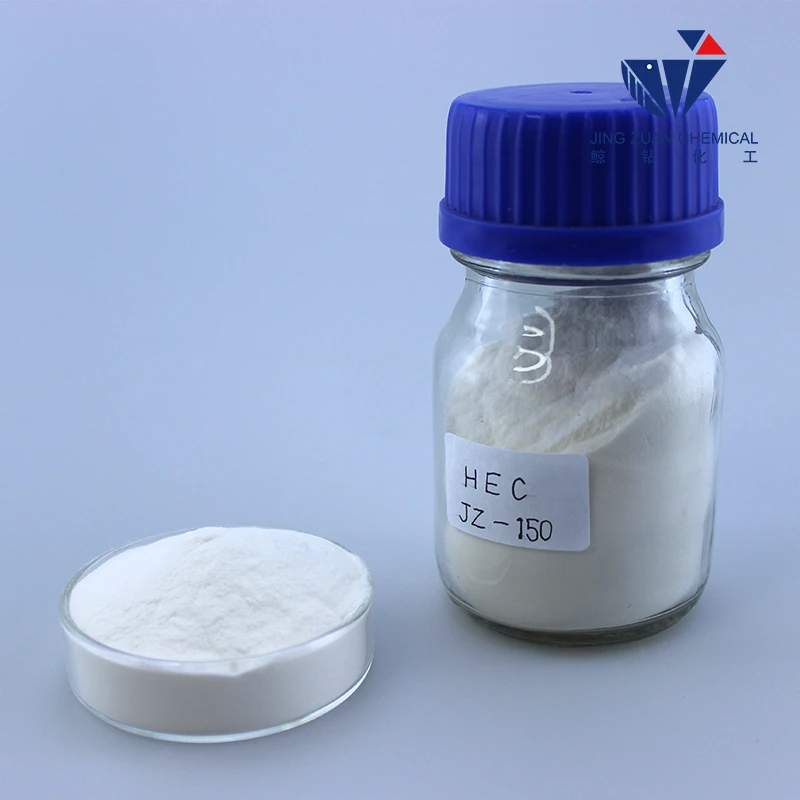
Nov . 12, 2024 00:06 Back to list
hpmc safety
Understanding HPMC Safety A Comprehensive Overview
Hydroxypropyl Methylcellulose (HPMC) is a versatile polymer widely used in various industries, particularly in pharmaceuticals, food, and construction. Recognized for its thickening, emulsifying, and film-forming properties, HPMC is a critical component in many products, including medications, dietary supplements, and even personal care items. Despite its benefits, understanding the safety profile of HPMC is essential for manufacturers, health professionals, and consumers alike.
What is HPMC?
HPMC is a cellulose derivative created through the chemical modification of natural cellulose. It has become increasingly popular in pharmaceutical formulations due to its ability to control drug release and improve the stability of formulations. In food products, HPMC serves as a food additive, providing texture and enhancing stability. Its application in construction includes serving as a water-retention agent in mortars and plasters.
Safety Profile of HPMC
The safety of HPMC has been extensively studied. Regulatory agencies like the U.S. Food and Drug Administration (FDA) and the European Food Safety Authority (EFSA) have deemed HPMC safe for use in food and pharmaceutical applications. In pharmaceutical applications, HPMC acts predominantly as a binder and a controlled-release agent. The FDA categorizes it as Generally Recognized as Safe (GRAS), which means it has a long history of safe use in foods.
However, as with any substance, safety depends on dosage and individual susceptibility. Research has shown that while HPMC is generally non-toxic and non-irritating, some individuals may experience sensitivities or allergic reactions. Symptoms can range from mild gastrointestinal discomfort to more severe reactions in rare cases. Therefore, monitoring individual reactions to products containing HPMC is essential, especially in sensitive populations such as pregnant women or individuals with specific allergies.
Applications and Consumer Considerations
hpmc safety

In the pharmaceutical industry, HPMC is primarily used in the production of tablets, capsules, and other drug delivery systems. Its ability to dissolve in cold water makes it an excellent choice for creating formulations that require precise control over the release of active ingredients. In food, HPMC serves as an emulsifier and stabilizer, contributing to product texture and shelf life.
Despite its safety profile, consumers should be aware of potential ingredients in products that may pose a risk. For instance, HPMC derived from non-vegetarian sources or products containing additional additives and preservatives could lead to health issues. Therefore, it is crucial to read labels carefully and choose products that disclose their ingredient sourcing.
Regulatory Oversight and Research
Ongoing research on HPMC is necessary to assess its long-term safety fully. Regulatory bodies routinely evaluate new data regarding food additives and pharmaceutical excipients, ensuring they meet safety standards. Although the current consensus supports its safety, it is important for consumers and manufacturers to stay informed about potential updates or changes in regulations.
It is also crucial for manufacturers to adhere to good manufacturing practices (GMP) when producing HPMC-containing products. Ensuring the purity and quality of HPMC is vital for maintaining safety standards and protecting consumer health. Regular testing for contaminants and adherence to regulatory guidelines can mitigate safety concerns associated with HPMC.
Conclusion
In summary, Hydroxypropyl Methylcellulose (HPMC) is a widely accepted ingredient in various industries due to its beneficial properties. While its safety profile is robust, individual responses can vary, highlighting the importance of monitoring reactions and adhering to regulations. Both consumers and manufacturers should remain vigilant about ingredient sourcing and product labeling to ensure safety and efficacy. By fostering a greater understanding of HPMC and its applications, we can enhance product safety and consumer confidence in the products we use daily.
-
Versatile Hpmc Uses in Different Industries
NewsJun.19,2025
-
Redispersible Powder's Role in Enhancing Durability of Construction Products
NewsJun.19,2025
-
Hydroxyethyl Cellulose Applications Driving Green Industrial Processes
NewsJun.19,2025
-
Exploring Different Redispersible Polymer Powder
NewsJun.19,2025
-
Choosing the Right Mortar Bonding Agent
NewsJun.19,2025
-
Applications and Significance of China Hpmc in Modern Industries
NewsJun.19,2025







